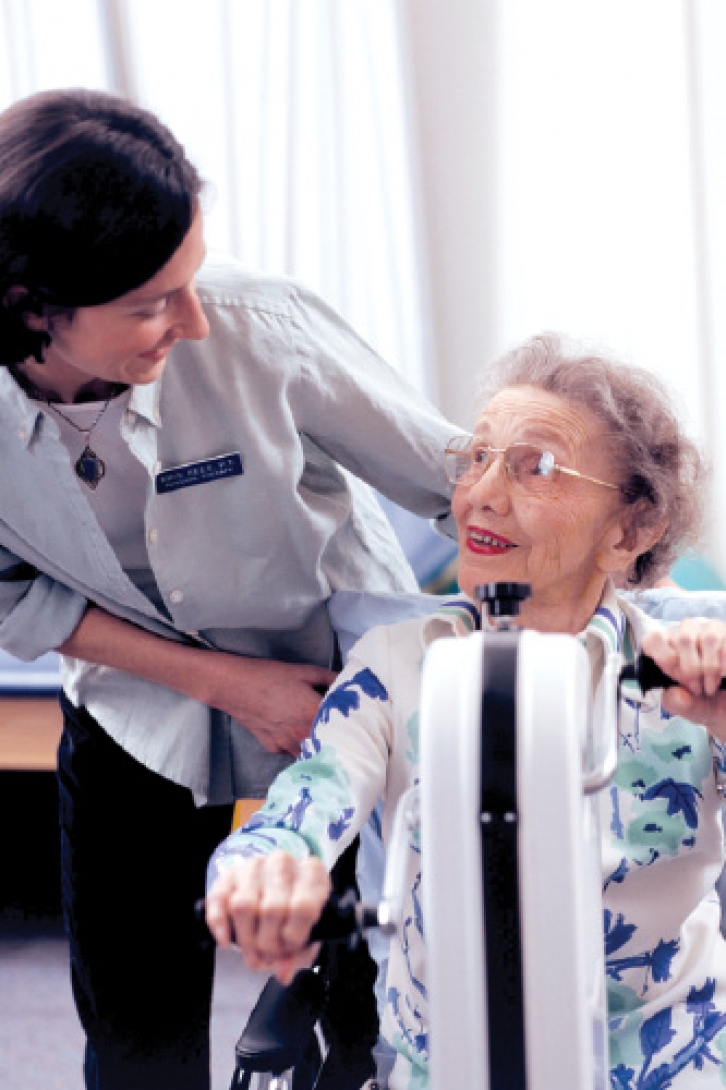Efficient Approaches to Minimize the Risk of Sudden Traumas in Sports Via Focused Preventive Strategies
Efficient Approaches to Minimize the Risk of Sudden Traumas in Sports Via Focused Preventive Strategies
Blog Article

Acute injuries in sports can happen suddenly and frequently lead to critical problems for athletes. These traumas can vary from twists and tears to breaks and concussions. To help prevent these injuries, it is essential to implement focused protective strategies. These strategies focus on education, proper training, gear use, and overall well-being maintenance. By tackling these important areas, players can considerably lower their risk of experiencing acute injuries while participating in their favorite sports.
One effective approach to reducing the risk of injuries is through instruction. Players, trainers, and parents should be informed about the typical types of injuries associated with specific sports. Comprehending the dynamics of these traumas allows all involved to recognize the indicators and signals early. Informative workshops or seminars can assist teach players about proper techniques and the importance of warming up before games or training sessions. This understanding empowers players to take charge for their safety and motivates them to communicate any concerns about potential traumas.
Another crucial preventive strategy is adequate preparation. Players should participate in a well-rounded training program that centers on building strength, flexibility, and endurance. Strength conditioning assists build the muscles that stabilize joints, reducing the chances of injuries. Flexibility routines, such as elongating, can enhance the range of motion and decrease the risk of muscle tears. Additionally, players should include sport-specific drills that mimic game scenarios, which can assist them become more acquainted with the actions involved in their chosen sport. Trainers play a crucial role in developing and executing these training programs to ensure they are safe and effective.
The use of suitable equipment is also vital in reducing acute traumas in athletics. Athletes should always wear the appropriate gear for their particular activity, including helmets, pads, and suitable footwear. For example, football players need helmets to shield against head injuries, while soccer players require shin guards to protect their legs from impact. It is crucial that equipment fits properly and is cared for regularly to ensure it provides the intended safeguarding. Coaches and parents should motivate athletes to take the time to choose and wear the right equipment to reduce their risk of trauma.
In addition to education, training, and gear, maintaining overall health find out this here is essential for trauma avoidance. Athletes should prioritize proper nutrition, hydration, and rest to keep their physical condition in top shape. A balanced diet rich in vitamins and minerals aids support muscle recovery and overall physical performance. Maintaining hydrated is also crucial, as dehydration can lead to fatigue and heighten the likelihood of injuries. Lastly, achieving enough sleep is vital for recovery and upholding focus during practices and games. By promoting good health habits, athletes can enhance their performance and lower their chances of experiencing acute traumas.
In conclusion, minimizing the risk of acute injuries in sports requires a comprehensive method that includes awareness, adequate preparation, suitable gear, and overall well-being maintenance. By focusing on these targeted preventive strategies, athletes can better safeguard themselves from the risks of traumas. Coaches, parents, and athletes all have important roles to play in fostering a safe sports environment. By working together and prioritizing protection, the enjoyment of sports can continue without the disruption of serious traumas.